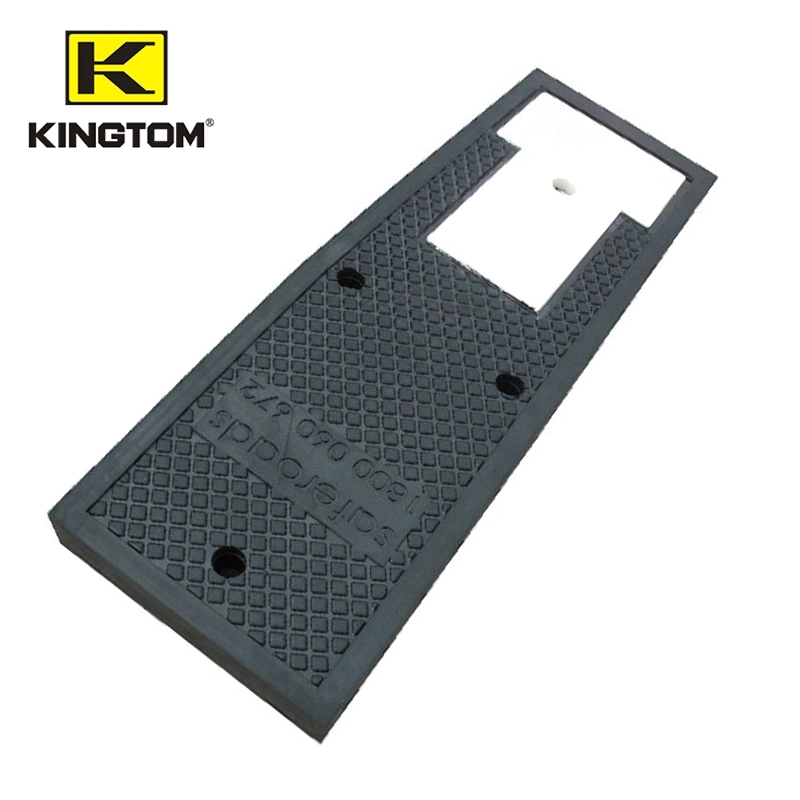The marketing tendency of Traffic Facilities Rubber Parts
2025-05-23
Here’s an overview of the marketing tendencies of Traffic Facilities Rubber Parts:
1. Emphasis on Durability and Safety Compliance
Marketing focuses heavily on product durability, weather resistance, and compliance with safety standards.
Buyers look for rubber parts that withstand harsh environmental conditions (heat, cold, UV, oil, chemicals).
Highlighting certifications (ISO, ASTM, local standards) and test results is common in marketing materials.
2. Eco-Friendly and Sustainable Materials
Increasing demand for eco-friendly rubber compounds (recycled rubber, natural rubber blends).
Marketing campaigns emphasize sustainability, reduced carbon footprint, and recyclability.
This is especially relevant as governments push green infrastructure initiatives.
3. Customization and Versatility
Many manufacturers promote custom solutions tailored to specific traffic infrastructure projects.
Marketing highlights flexibility in design, easy installation, and compatibility with different substrates (concrete, asphalt, steel).
Offering bespoke sizes, shapes, and hardness levels is a strong selling point.
4. Technological Innovation
Use of advanced materials like EPDM, SBR, neoprene, or specialty blends to improve performance.
Marketing may include info on enhanced vibration absorption, noise reduction, and thermal expansion control.
Some promote integration with smart infrastructure (e.g., sensors embedded in rubber pads for real-time monitoring).

5. Digital and B2B Marketing Channels
Increased use of digital marketing targeting engineers, contractors, and municipal buyers.
Websites with detailed product catalogs, case studies, and technical datasheets are critical.
Presence on industry platforms, webinars, and LinkedIn marketing to generate leads.
6. Globalization and Local Partnerships
Marketing strategies emphasize global reach but also local support through partnerships with regional distributors.
Localization of marketing materials to meet local codes and languages.
7. Cost-Effectiveness and Lifecycle Value
Marketing often stresses the cost-benefit analysis, not just initial price but lifecycle durability and reduced maintenance.
ROI arguments are common to appeal to government and contractor procurement teams.
If you are interested in our products or have any questions, please feel free to contact us and we will reply you within 24 hours.